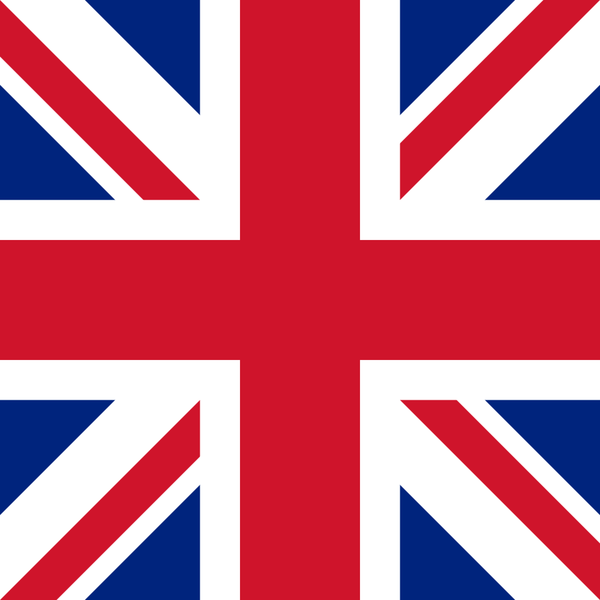Thank you :)
- 0 Posts
- 17 Comments
I have trouble figuring out what the words are supposed to sound like. I can guess the pronunciation a few different ways. Ex. Ko-ear-a, ko-i-ra, ko-jeer-a, koj-era, koj-i-ra, etc.
Is it possible to add phonetic pronunciations to the posts?

 16·14 days ago
16·14 days agoSeems like Ukraine is hitting targets with greater frequency than before.
Anyone have thoughts on if it’s increased Ukrainian skill/technology, increased Ukrainian quantity of weapons being sent, decrease in quantity of Russian anti-air defenses, Ukraine hitting ‘softer’ targets, combination of those, or something else?

 4·14 days ago
4·14 days agoPerun (https://m.youtube.com/watch?v=EHUQmJCa3aY) just released a video yesterday that went over Ukraine’s war material situation.
TLDW: Ukrainian military equipment is for the most part qualitatively better than it was at the start of the war but not quantitatively.
Russia on the other hand is qualitatively worse, is running out of reserve war equipment (Soviet stockpiles), and is expected to deplete some of categories of equipment sometime in 2024 (tank stockpile source: Covert Cabal https://m.youtube.com/watch?v=K8CcuVCDEUw).
Edit: some spelling mistakes.

 18·30 days ago
18·30 days agoI had to pause it and step through the last second when time slows to see it.
Based on the steam page it seems like no man’s sky gameplay (possibly others in the genre, but I’m only familiar with no man’s sky).

 12·2 months ago
12·2 months agoMy understanding is that mortgage rate also plays a role in housing prices. So it would be a nice addition if they added average mortgage rate on the same graph or had another graph with total cost for buying a house with a 30 year mortgage.

One aspect of the Canadian military I didn’t see discussed in the article is how much more Canada pays per piece of equipment compared to other countries. If i recall correctly, changes there could see a 2-3x increase in quantity of material for the same price and quality (Canada overpaying by 2-3x what other countries [US, EU, Aus] pay for the same type and quality of equipment).
Perun (Australian miltary industry blogger) did a long video about Canada’s military and it’s issues:

 7·2 months ago
7·2 months agoTrue, but based on their recent loss rates (they would have about a year left of supply for both and 4 months for artillery systems), plus their general MO and battlefield “strategy”, and it seems to me more likely to be weather related.

 10·2 months ago
10·2 months agoBased on the number of tanks and Armoured vehicles it looks like the mud season may have taken full effect.

 7·2 months ago
7·2 months agoMy understanding is that lot of “herbivores” are opportunistic carnivores.
I thought they were wolves or dogs when I first watched it, but you might be right about sheep.

 0·3 months ago
0·3 months agoReally seems like it has to be electronic interference. It happens everytime the drone gets close to the soldier.

 11·9 months ago
11·9 months agoRelevant section of the article where it lays out what has been changing and what still needs to change:
… graft has been all but exterminated in some of the worst affected areas - for instance, government services such as issuing passports, permits and licences.
He also tells the BBC that significant progress had been made in reforming education and police.
Problem areas
Mr Kalmykov admits, however, that the government has been less successful in eradicating corruption in using natural resources (e.g. in mining and forestry), regulating monopolies and in large infrastructure projects.
“Progress has been slowest where big interests and big players meet,” he says.
According to him, “in the next five-ten years the government should focus on cleansing the judiciary, which will make the general system of public administration healthier”.

 0·9 months ago
0·9 months agoMy understanding is that some of the benefits China would get from invading Taiwan is the control of Taiwan’s world-leading semiconductor industry. So making it public knowledge that any invading force (i.e. China) would not be able to take over their production capabilities is a small deterrent.

 1·10 months ago
1·10 months agoThat’s a good point about disease and I think it could be a potential cause of the low genetic prevalence.
I don’t know about your roaming free option. I think if that were true, there would still be wild packs today or there would have been roving dog packs mentioned in historical text (possible but I don’t recall any mention of them). Alternatively, they would have inter-breed with European varieties and had a more significant impact on genetics, but that’s not seen.
While I agree that Europeans liked to remove/exterminate “uncivilized” things, that mostly applies to people. I suspect if the American dogs were significantly useful they would have made use of them.
This conversation allowed me to recall that the plains tribes utilized dogs as pack animals. Then once horses made their way onto the scene those tribes switched from dogs to horses for that role. I’m not sure what other “jobs” American dogs performed but I suspect if they were significantly utilized as pack animals they were probably breed for such and with that niche gone they may not have performed well in other “dog” tasks, compared to European varieties.
To conclude, for American dogs to be such a small percent of the current dog genome, I think, the European varieties had to significantly outlive their American counterparts. Whether because they were replaced by better performing European varieties/horses, because they died from European diseases, or a combination of those options.

 7·10 months ago
7·10 months agoAfter the arrival of Europeans, native American dogs almost completely disappeared, leaving a minimal genetic legacy in modern dog populations.
Source: https://www.ncbi.nlm.nih.gov/pmc/articles/PMC7116273/
I did not do a very deep dive but it looks like there were “domesticated” dogs in the Americans prior to Europeans, but they were almost completely replaced by their European counterparts. This leads me to believe the European versions were far superior for the intended usage. If the American version was indeed significantly inferior for their intended purposes, they may have been at or below the effectiveness/usefulness levels of semi-domesticated animals, like foxes.
Edit: The_Sasswagon brings up a good point about the effects of potential European diseases on American dogs.



I would suggest taking a second test to be sure, but the line showing up means that the target of interest (ex. pregnancy protein) is present.
Faded or “light” lines can be due to a variety of issues, but basically boils down to lower concentration of target reaching the colorimetric reagent.